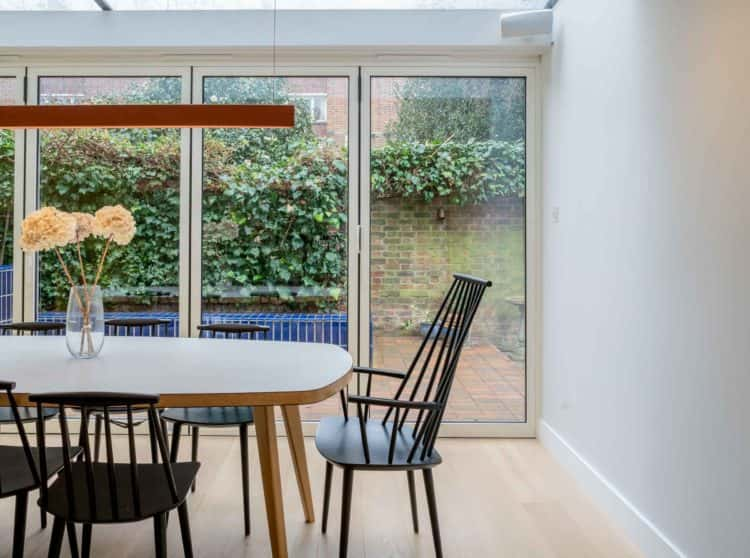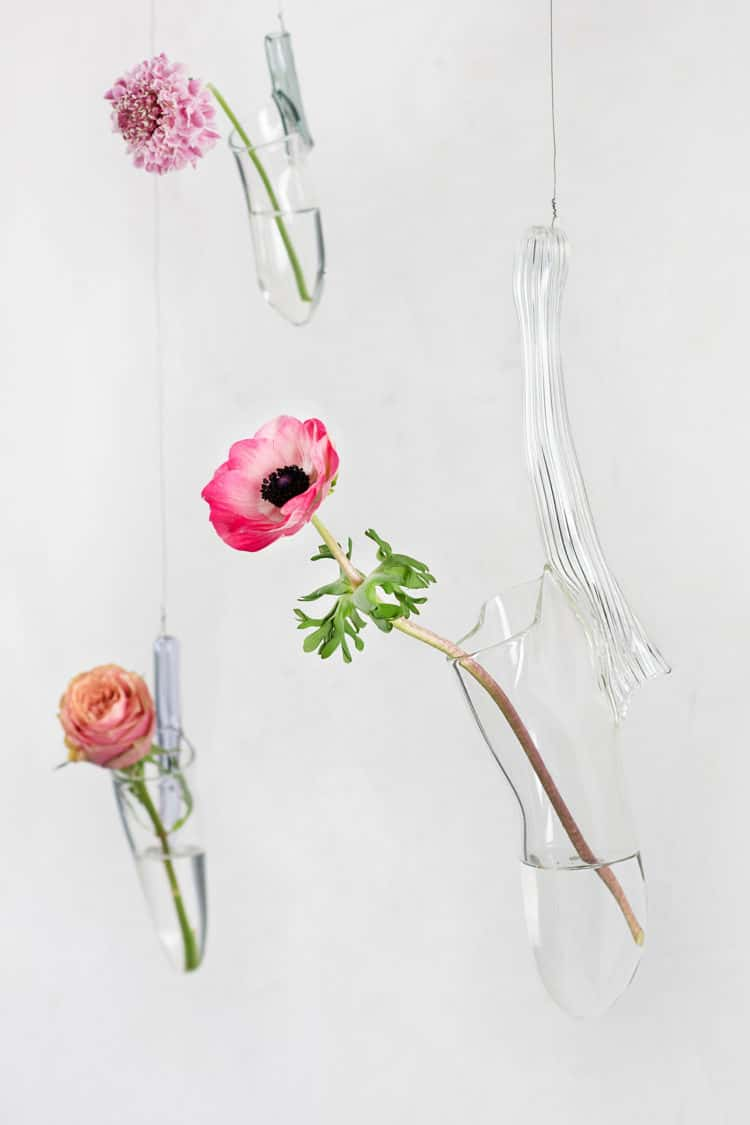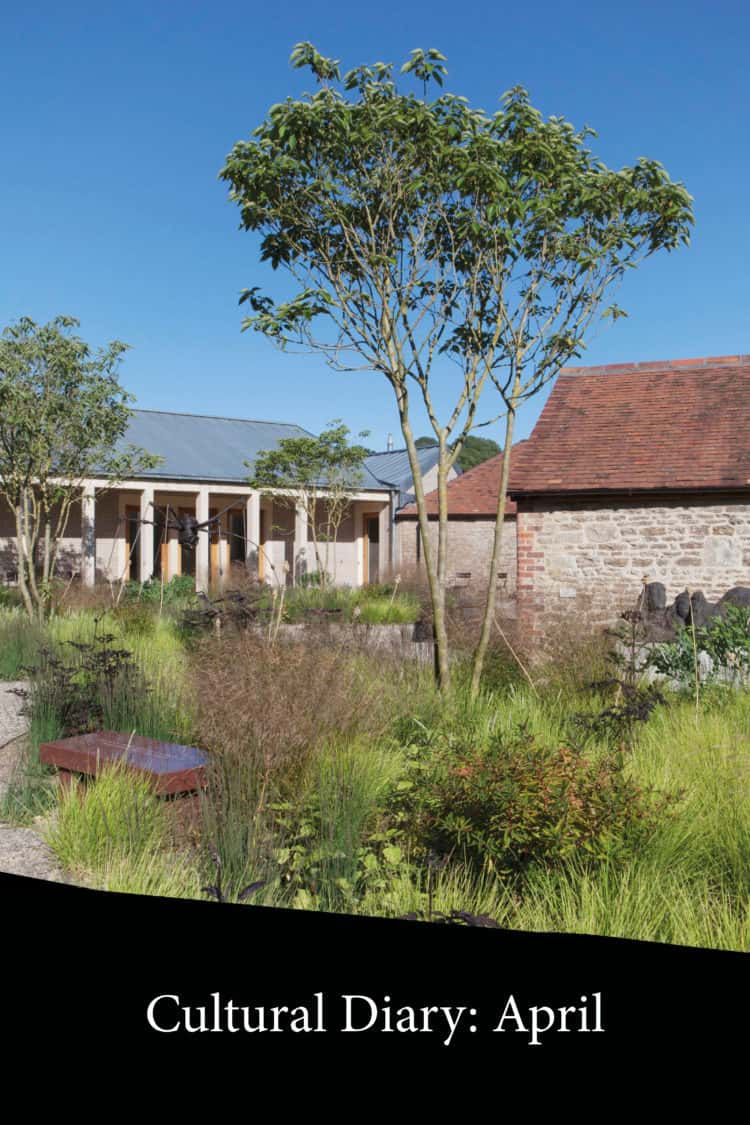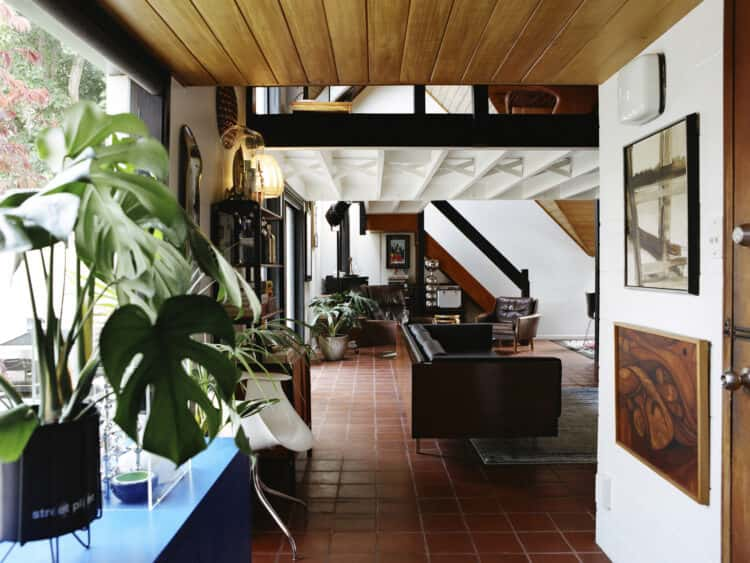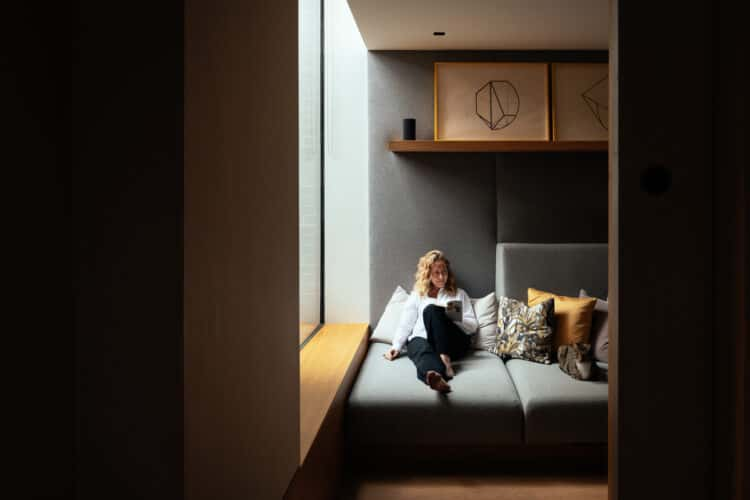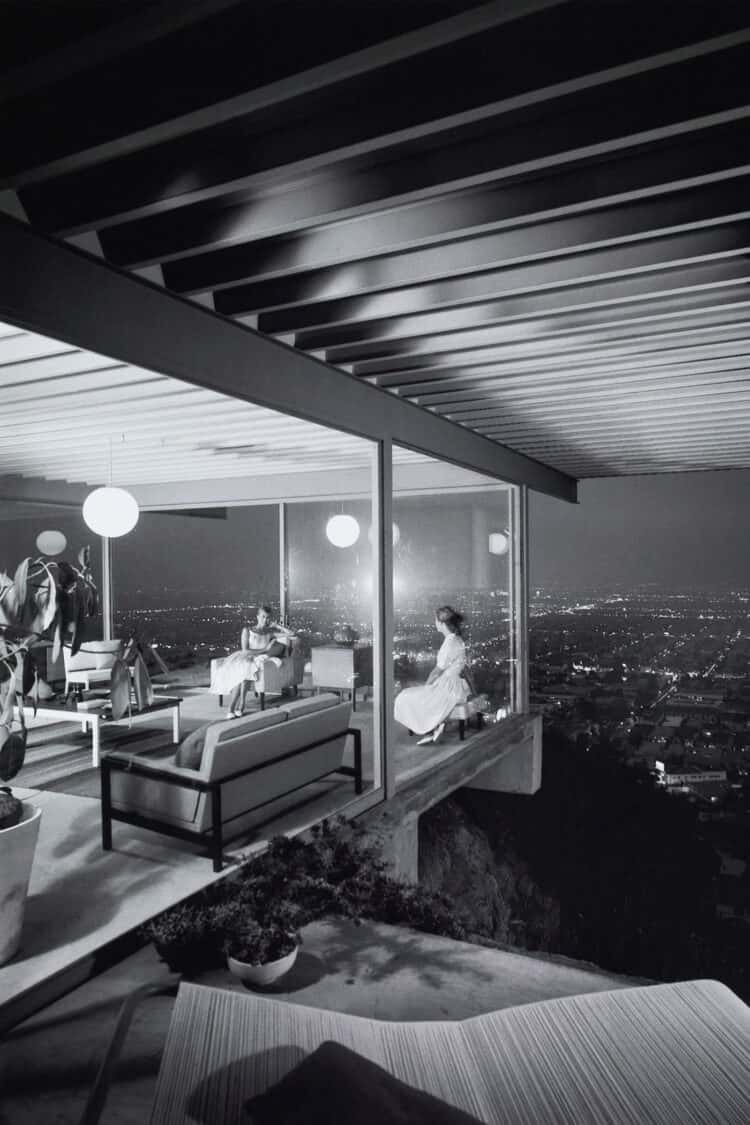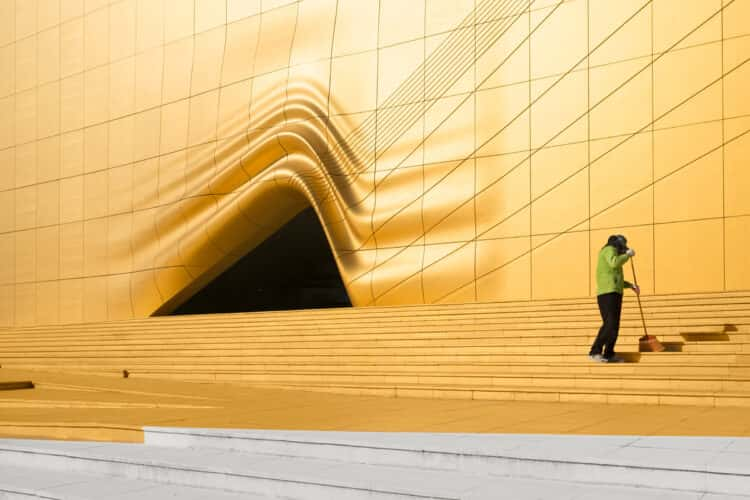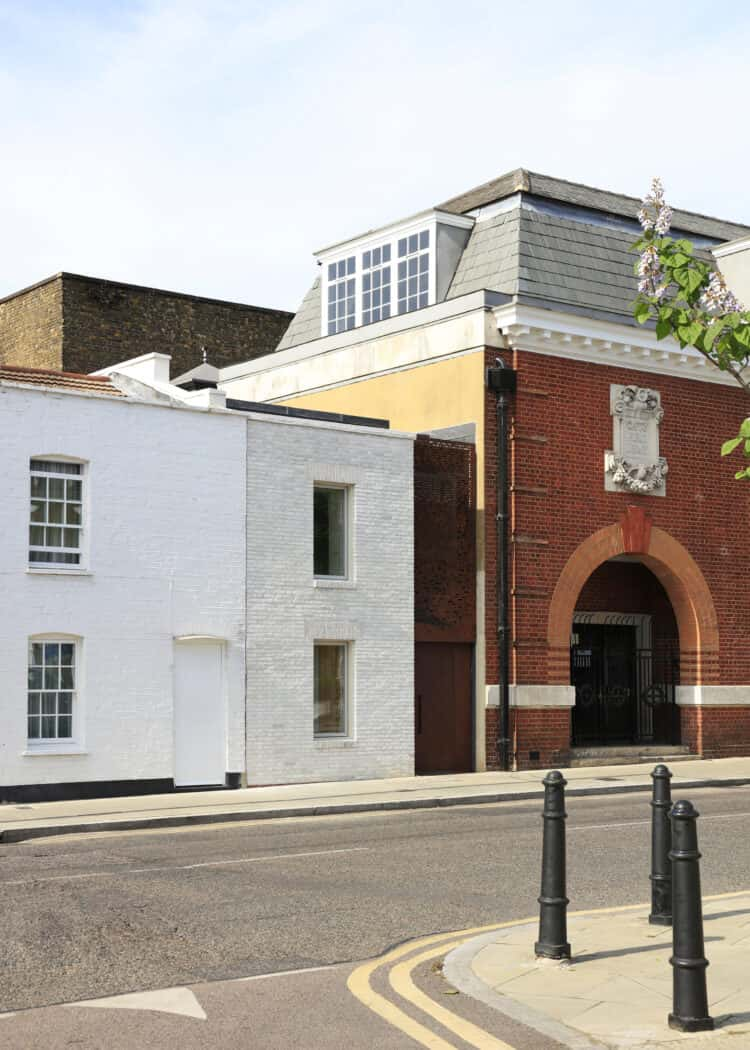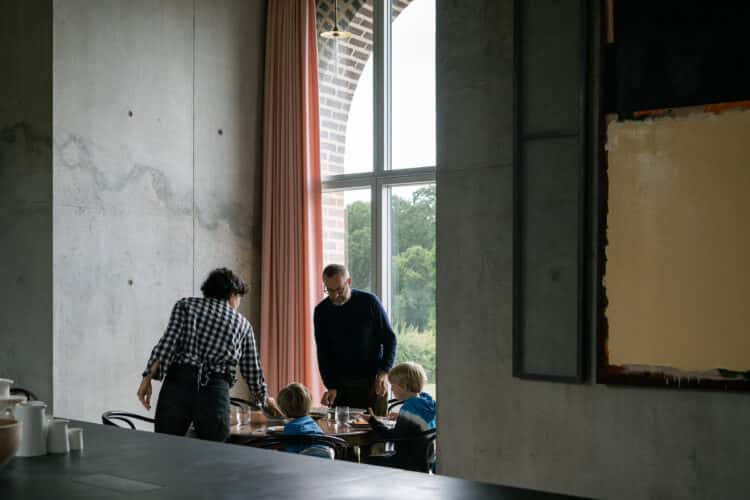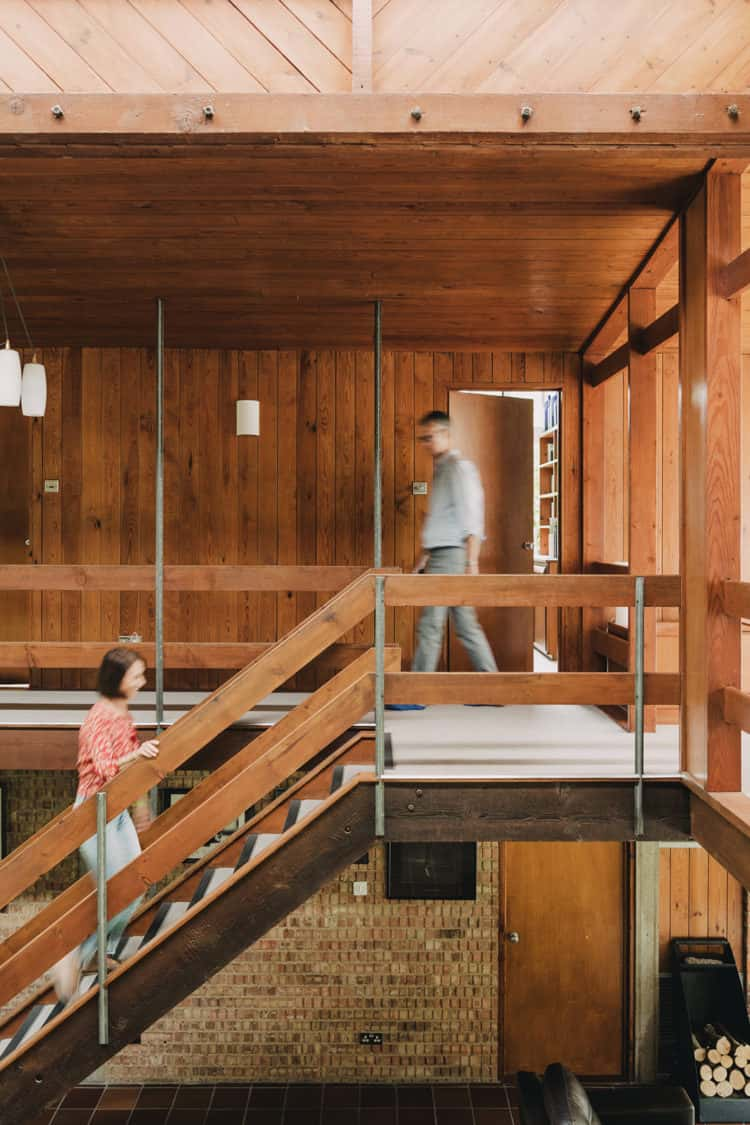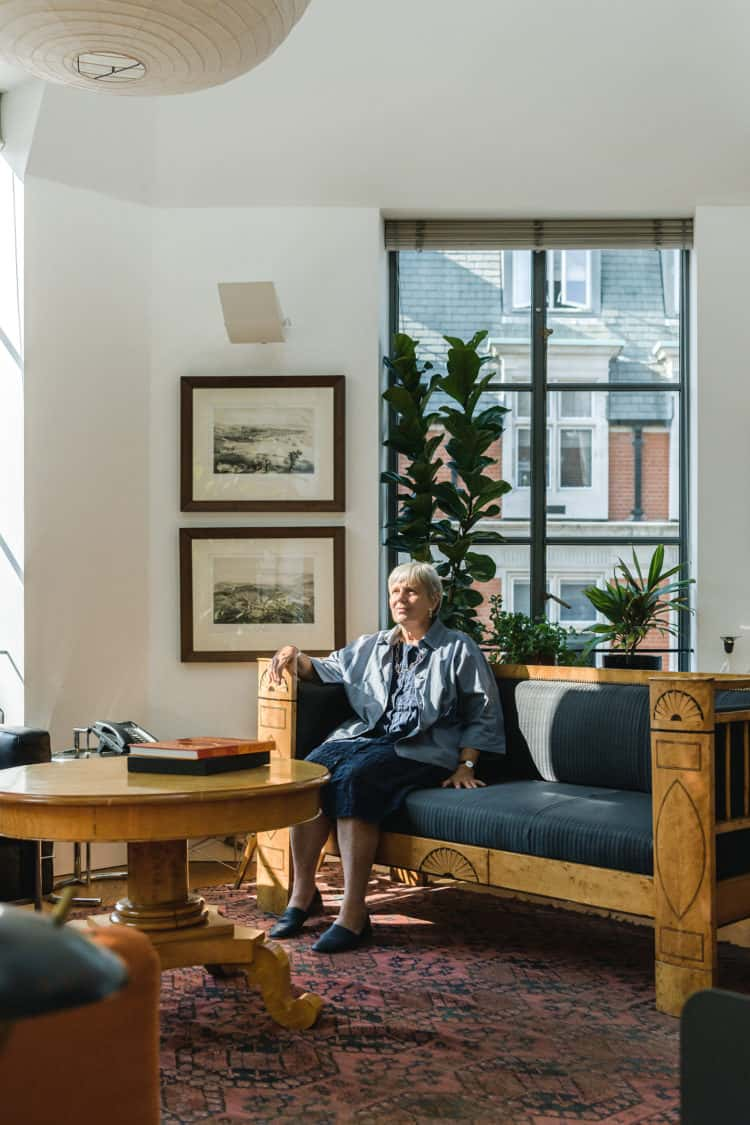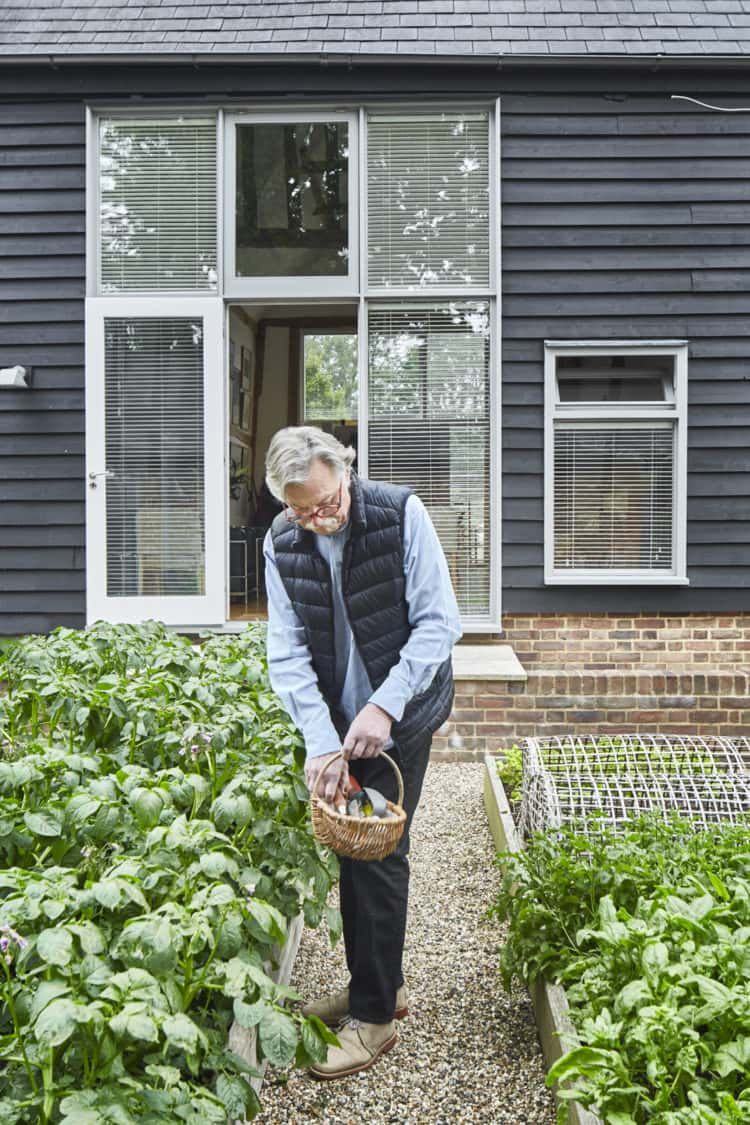My Modern House: Charlie Barda on renovating a mid-century house for his family in Holland Park
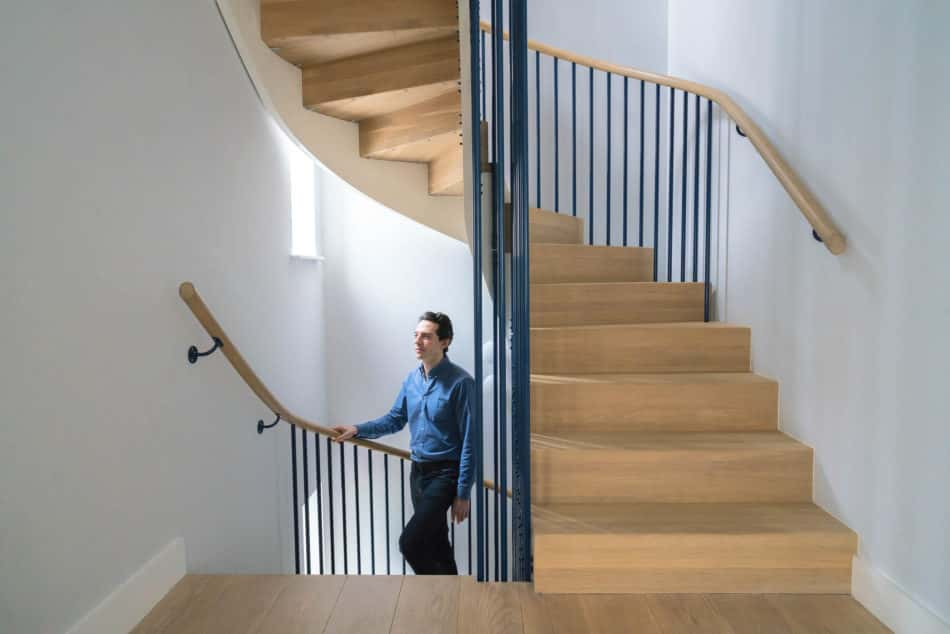
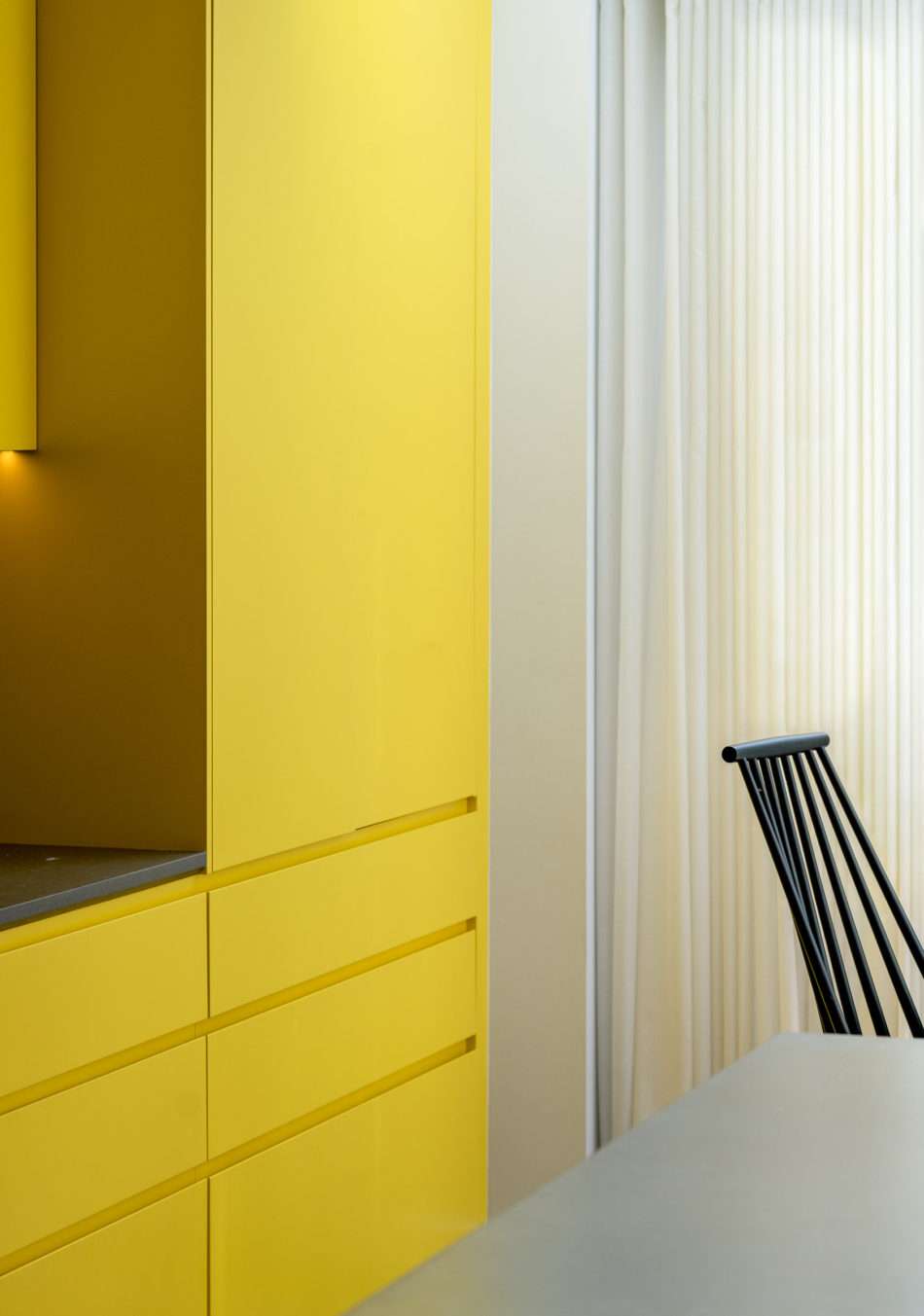
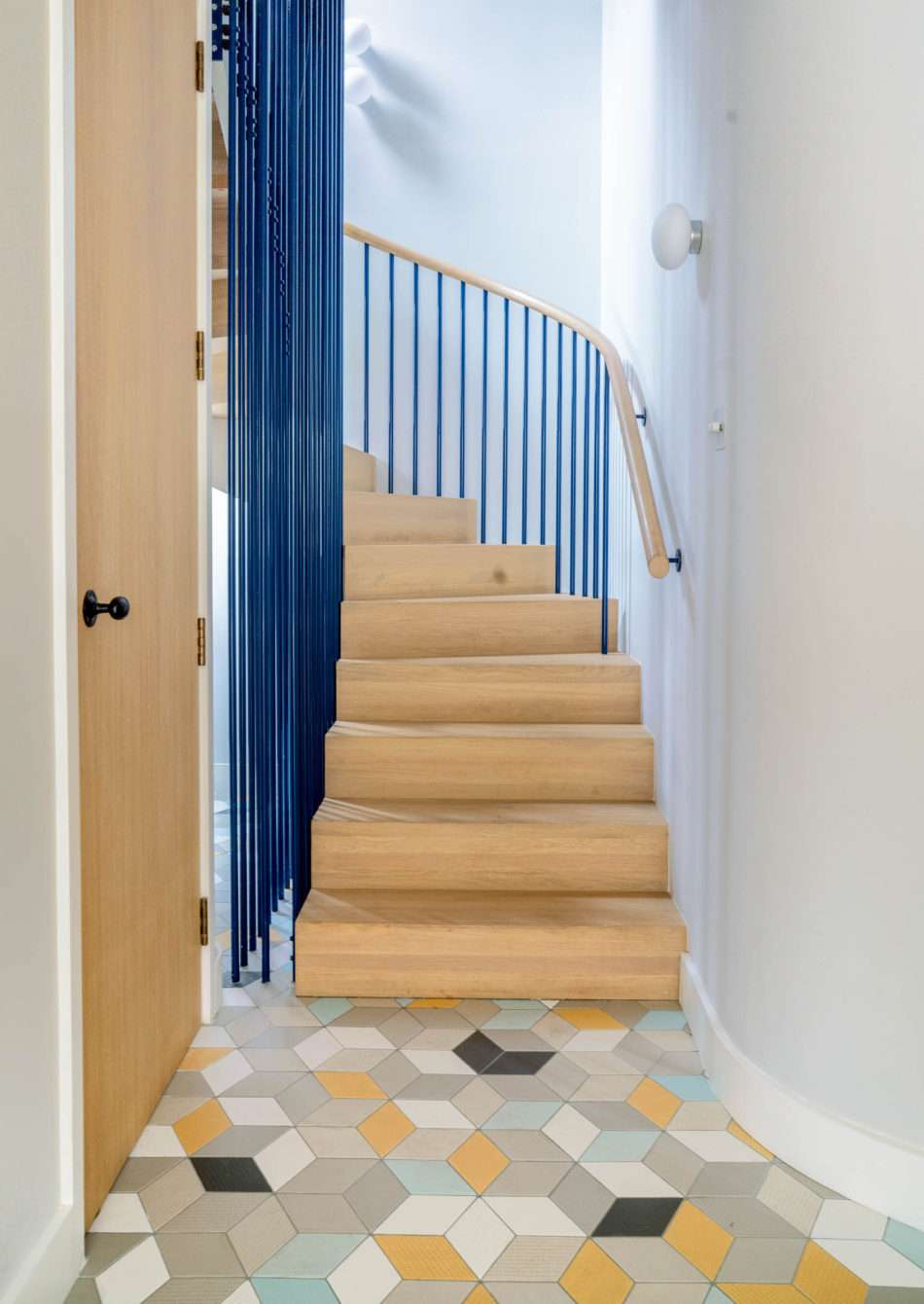
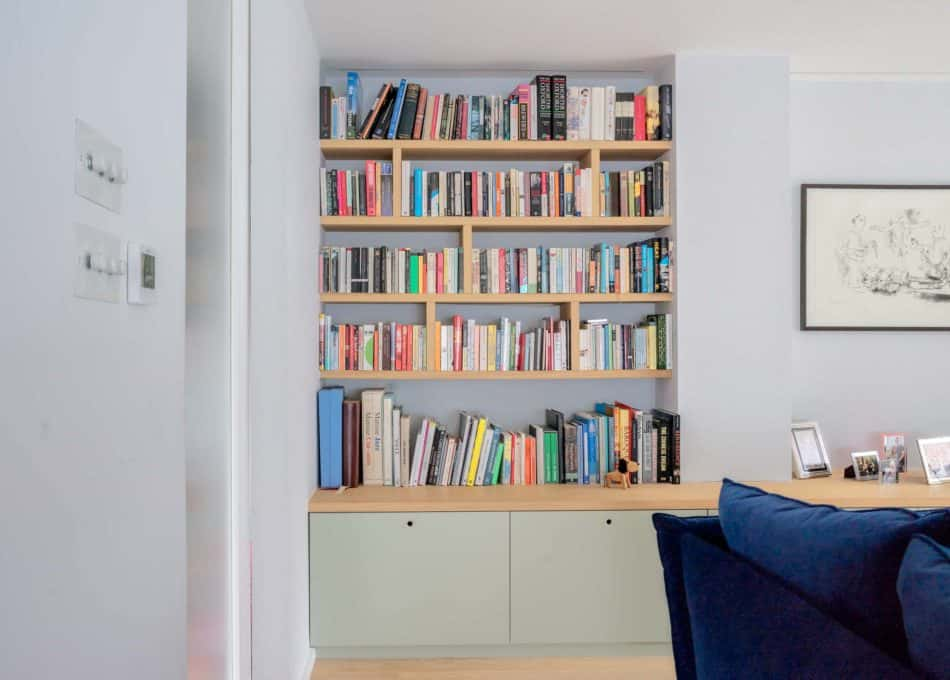
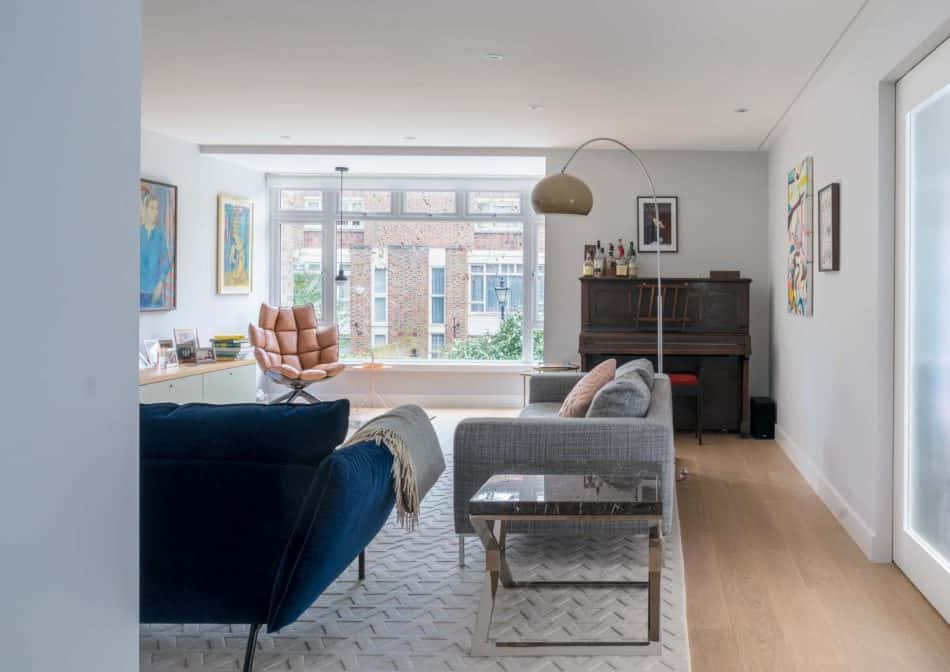
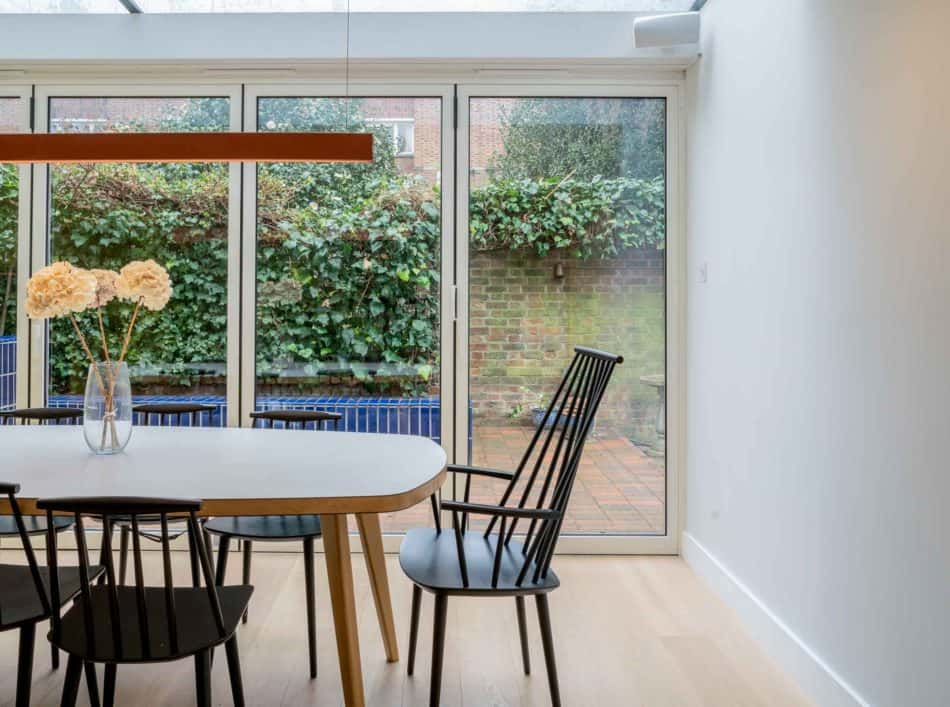
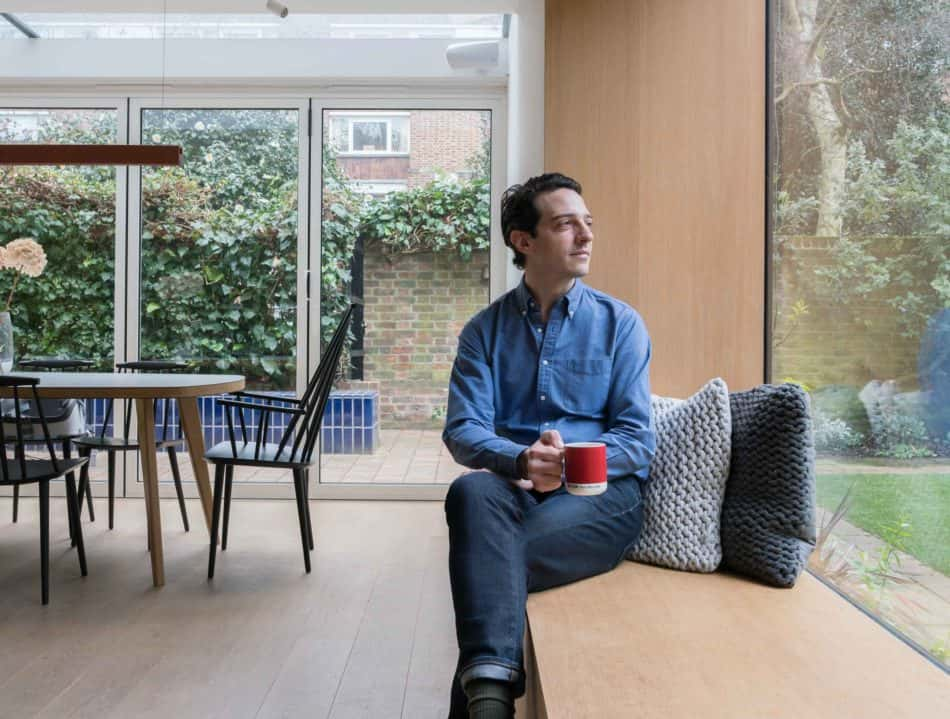
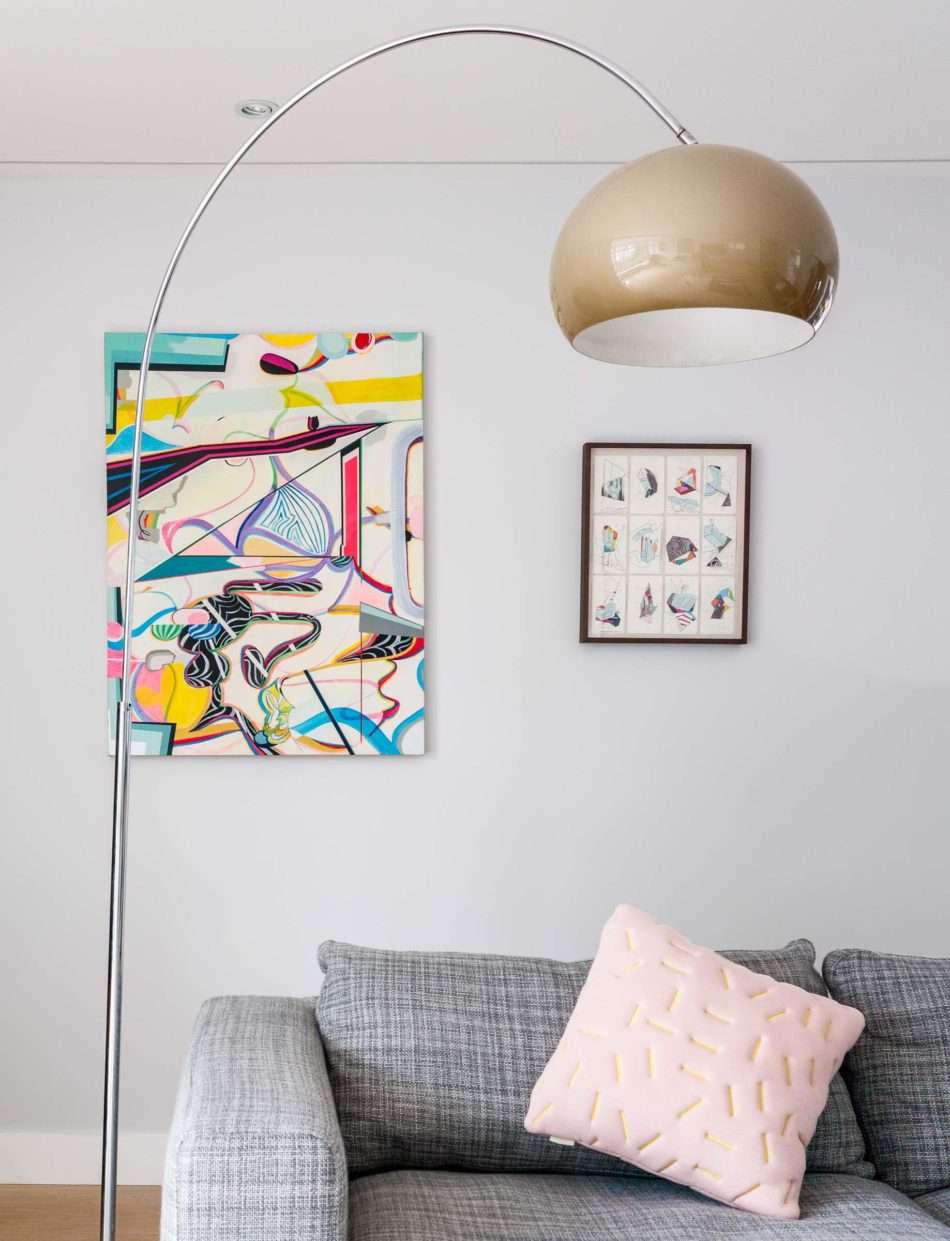
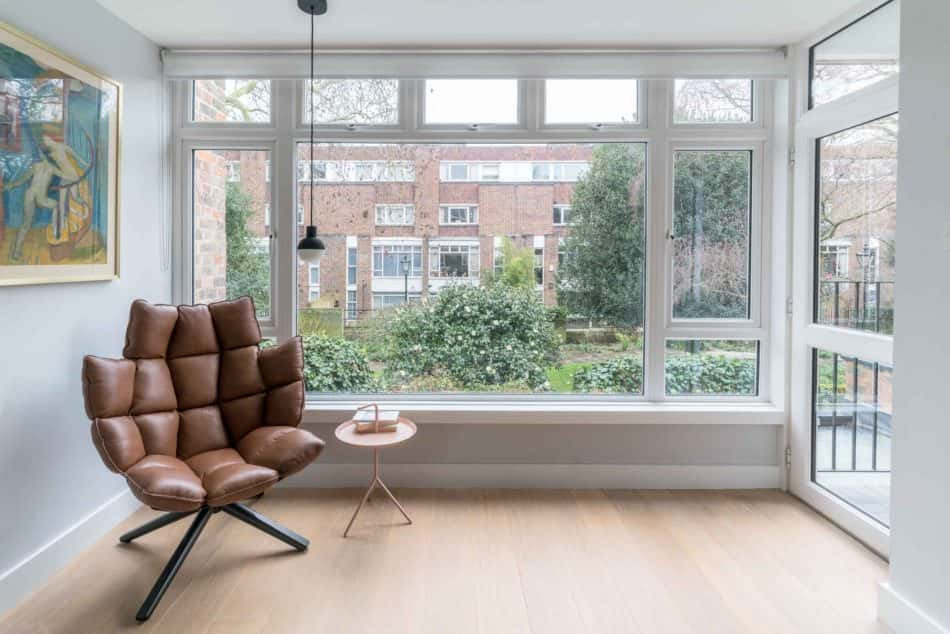
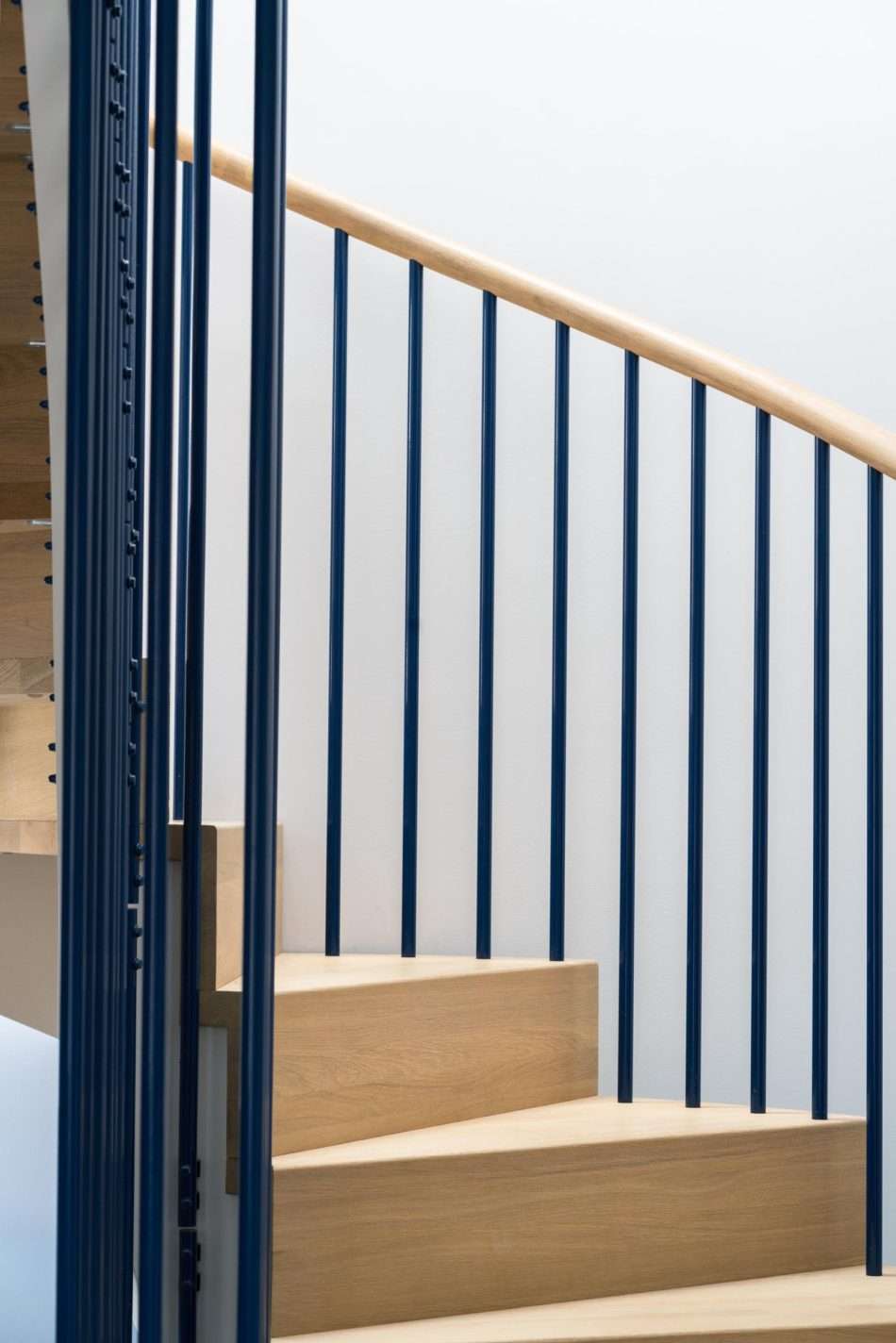
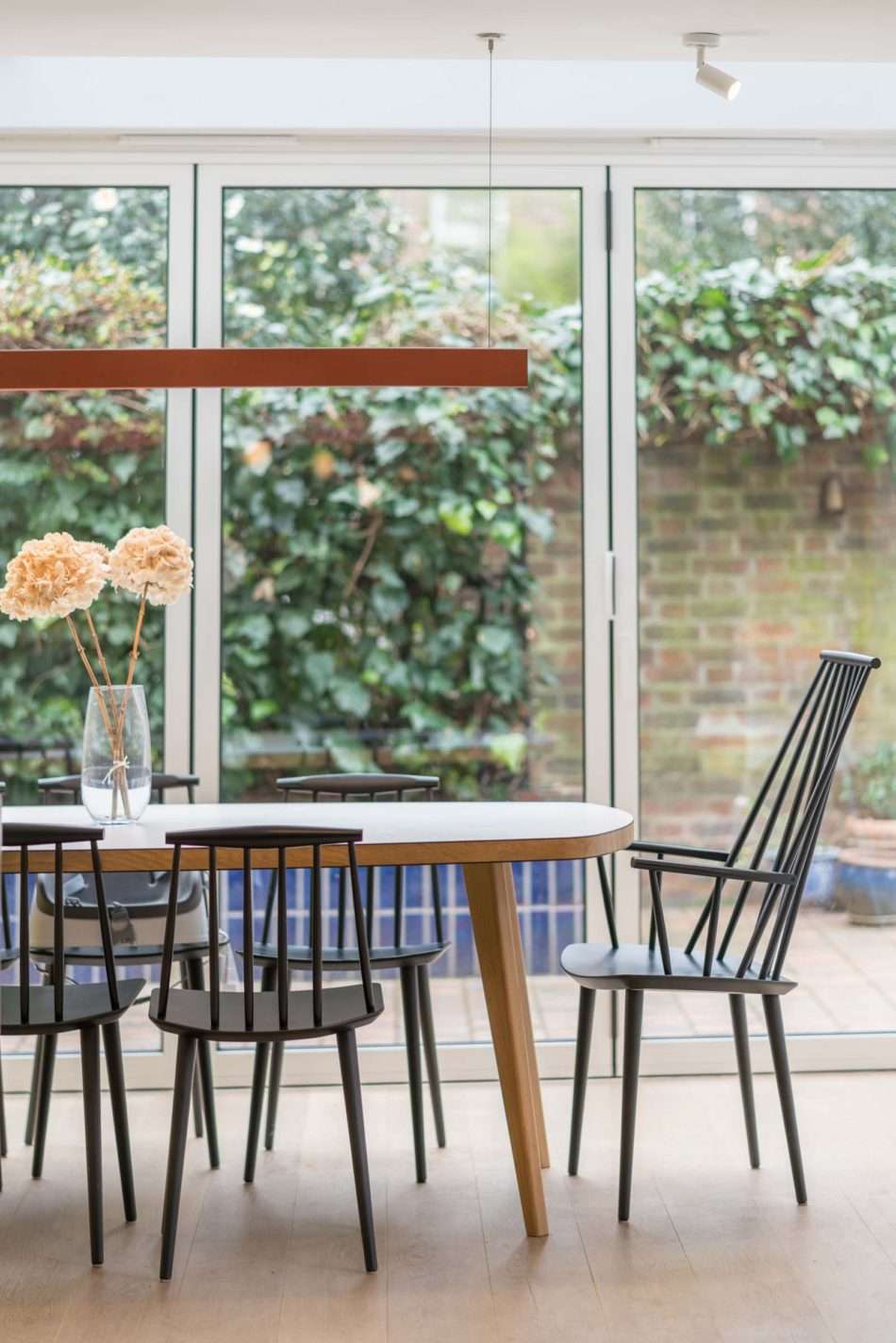
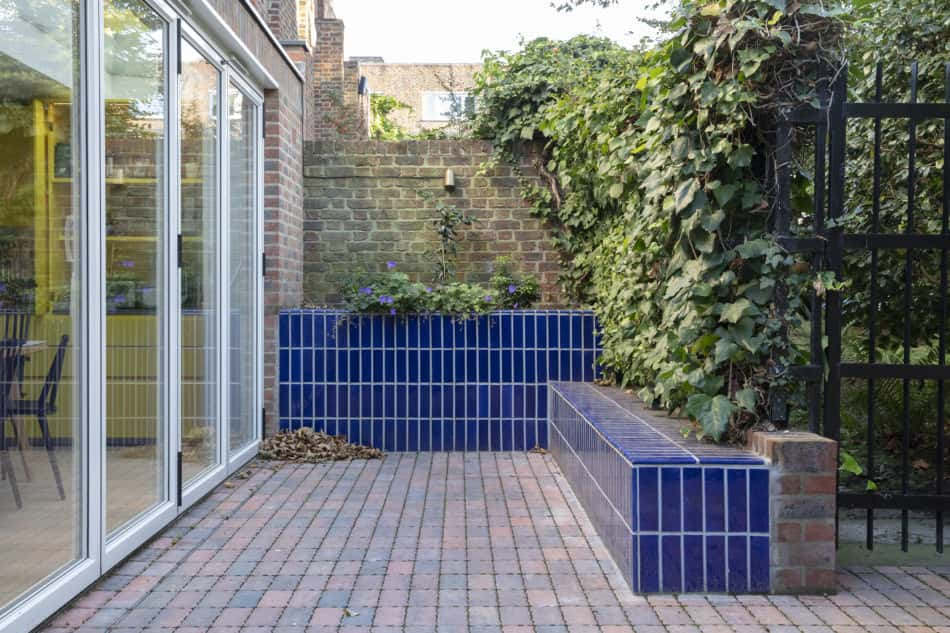
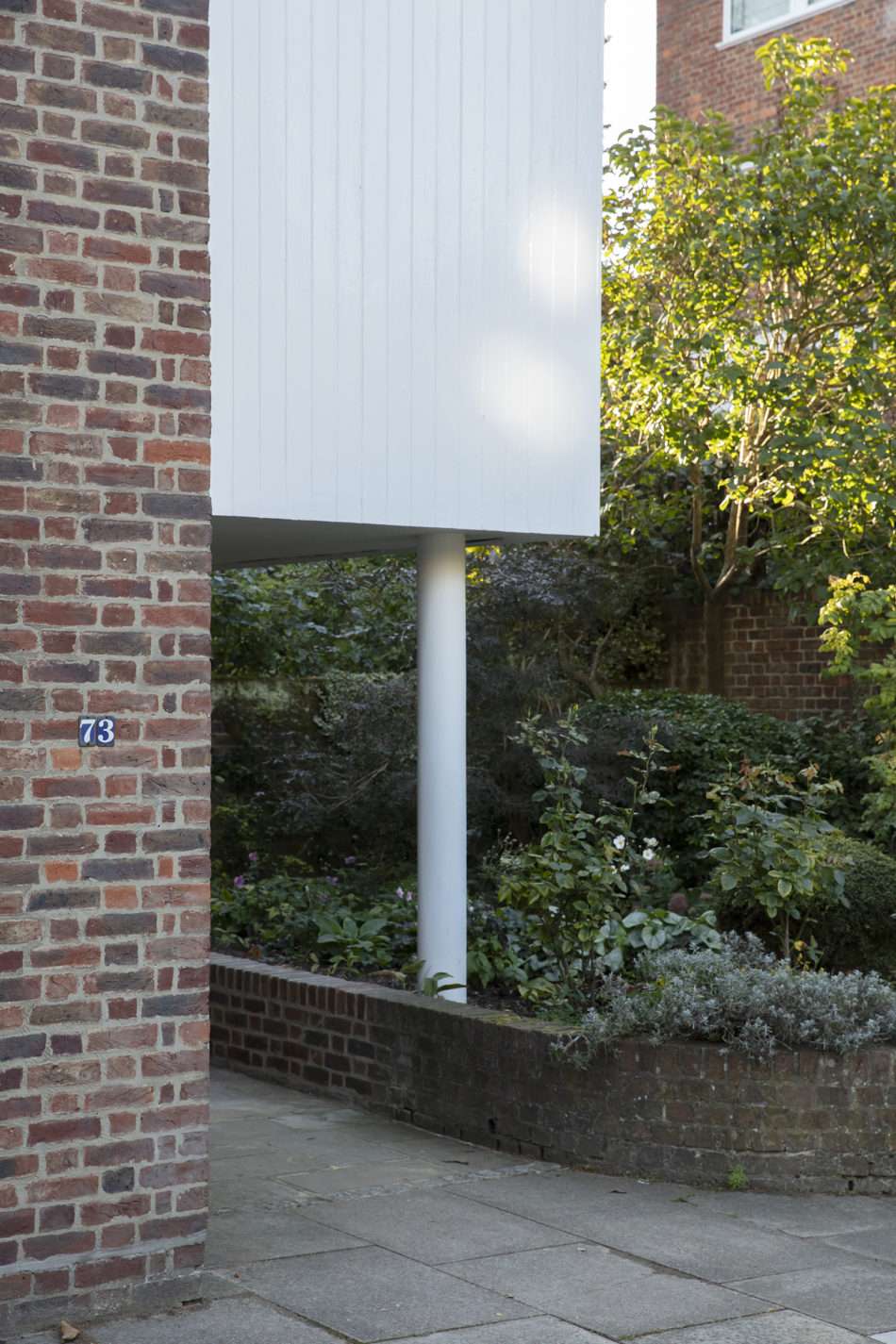
Charlie Barda is the founder of Ethical Rental Sector, a social impact landlord providing affordable, quality and community-focused homes for London’s lower-income renters outside the benefits net – a demographic he believes is badly served by the traditional private rental market. We met Charlie at home in Holland Park to talk to him about renovating a mid-century house with the help of Architecture for London and RIBA House of the Year runner up Liddicoat & Goldhill, his love for Richard Rogers and the importance of making a home that reflects who you are.
Charlie: “This house was designed as part of a small estate by the British Modernist architects Max Fry and Jane Drew in 1966. The houses are well-laid out, the light levels are great and the landscaping is well-considered – it all just works.
“My wife and I bought this house and we live here with our two young children. We worked with Architecture for London and Liddicoat & Goldhill to renovate the house, which hadn’t been touched for a long time, to create a contemporary, functional home that reflects who we are.
“Our approach when working on the refurbishment was to put function over form and not to use expensive, luxury materials. We don’t subscribe to the value of luxury materials like marble and feel instead that colour is an easy and much better value way of reflecting who you are.
“And, in a sense, I think the white and greige palette of the noughties, while very clean and simple-looking, has been a shortcut to achieving something that isn’t offensive but doesn’t necessarily inspire joy.
“I first got interested and excited about buildings when Richard Rogers was chairing the Urban Task Force in the nineties. It was a really inspiring era with people like Michael Hopkins, Norman Foster, Richard Rogers and Terry Farrell coming to the fore of British architecture. They’ve all shaped our identity as a nation and our notion of the value design can bring to society.
“You only have to look at Richard Rogers’ taste in jumpers to see he favours bold colours, which he uses in his buildings to imbue a sense of fun and personality. I like to think we’ve done the same here.
“So, there are two big, signature ‘moments’ in this house, one of which is the bright yellow kitchen, a reference to the house Rogers built for his parents in Wimbledon in the same year this house was built, incidentally.
“The second is the continuous blue stairwell that spans the entire length of the house. I had a little bit of a hard time convincing everyone it was a good idea, but everyone loves it now!
“We planned the layout around what I call ‘scenario analysis’, which sounds ridiculous but hear me out. We just asked, ‘What do we want each space to do, and how will we use it?’
“What do we do at the weekend? One of us might do some work, one of us might want to catch up on a TV show and then the kids will want to do their thing. So, we wanted to have spaces that felt like they’re near each other but are also slightly insulated from the shrieks of family life!
“That’s why the open staircase and sliding doors work so well together: with all the doors open, you can talk from the top floor to the kitchen three floors down. It’s just one big space. But then all the doors can be closed, and each space can create its own sense of intimacy.
“In the summer it’s pretty magical because we open the backdoors, one of us will be cooking, and the lovely thing about modern music systems is that we can all be listening to the same things, which creates a wonderful atmosphere of everyone getting on with their own stuff while also feeling together.
“I think anyone interested in design and architecture has a sense of their own values or ethos. But I also think you’ve got to respond to a place when you work on a refurbishment like this. We would have come up with something quite different in a Victorian house, for example. And, while I’m sure we would have made a lovely home, I’m also glad we’re in this one. It just feels so natural for us and many of our friends say that this is a perfect representation of who we are.
“I believe ‘home’ is a feeling you develop from seeing the same things, people and places you develop from seeing the same things every day. So, laying down roots in one home, especially as a family, is really important to me.
“Both my wife and I grew up around here and in one sense it’s ridiculous that we have settled so near to our childhood homes. It might seem close-minded but it creates a lovely feeling of continuity, a reassuring relationship with this area and this city.”
Charlie, how do you define modern living?
“My take on modern living focuses on how a space makes one feel: secure and able to think expansively, connected to one’s context, with moments of inspiration – however small they may be. I also worry that peoples’ obsession with decluttering could come at the cost of precious memories: up to a point, clutter – the stuff one collects because it resonates somehow – is a reflection of the people we are and life in all its multilayered richness.”
Is there a home on The Modern House website that has caught your eye?
“I loved Liddicoat & Goldhill’s The Tailored House. It’s a skilful, subtle reinterpretation on the Victorian terrace it’s part of, brought up to date in terms of layout, with loads of light. A similar principle can be seen in AHMM’s Anne Mews in Barking: I’m always inspired by reinterpretations of terrace house, which characterises London to such a large extent.”
